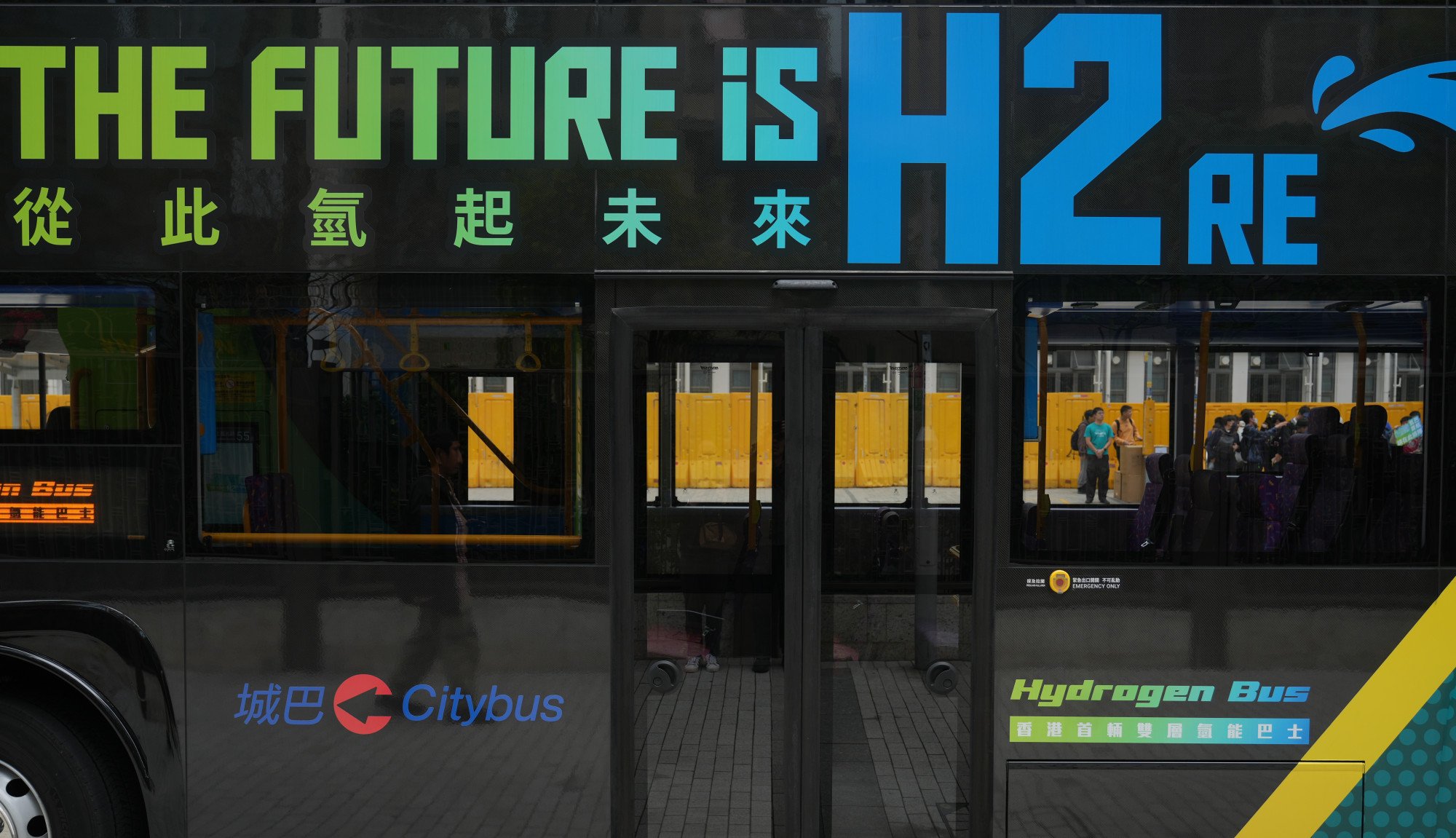
Hong Kong liaising with Airport Authority on building waste-to-hydrogen demonstration plant
- ‘We are in contact with … the Airport Authority to explore the possibility of building a demonstration project for producing hydrogen from garbage,’ environment chief says
Hong Kong authorities are liaising with the Airport Authority on building a “demonstration facility” that converts garbage into clean hydrogen energy, the environment minister has said.
Secretary for Environment and Ecology Tse Chin-wan said on Monday the government also planned to allocate space in development areas in the San Tin Technopole and the broader Northern Metropolis for the application, production and supply of new energy sources.
Tse was attending a Legislative Council session after environment authorities last week released a strategy report aimed at bolstering the city’s development of hydrogen infrastructure as one of the ways to attain carbon neutrality before 2050.
He acknowledged waste-to-hydrogen facilities require significant land resources, but said the government was still keen to have a plant constructed and operated for demonstration purposes.
“We are in contact with a few companies and the Airport Authority to explore the possibility of building a demonstration project for producing hydrogen from garbage for the latter’s own use,” he told the Legco panel on environmental affairs.
“We very much hope to see some of such projects take root to convert waste into energy in Hong Kong.”
However, Tse stopped short of revealing any details regarding the proposed collaboration with the authority, which operates Hong Kong’s international airport.
He added that authorities had already added carbon reduction goals to the city’s new mega development projects and that spaces had been allocated for new energy technologies.
The development plans included the 30,000-hectare Northern Metropolis and its 610-hectare San Tin Technopole sub-project. The former aims to create 500,000 new flats and generate some 500,000 jobs near the border with mainland China.
In the panel meeting, the environment chief also said authorities would help mainland hydrogen tech companies develop their businesses overseas and assist other countries and regions in raising funds to finance their own hydrogen projects.

A government working group had approved 14 hydrogen trial use projects by March, including a road test by Citybus of Hong Kong’s first hydrogen-powered double-decker bus, a Towngas-run hydrogen production centre and petrochemical giant Sinopec’s plan to build a fuelling station in Yuen Long.
But Tse said the government would first promote the use of grey hydrogen, derived from fossil fuel, before looking into cleaner options known as blue and green hydrogen.
He added that blue and green hydrogen were more expensive and that the government had to remain flexible for the scale and speed of hydrogen energy’s development.
Lawmakers expressed support for the strategy, saying the plan had managed to strike a balance between environmental protection and economic benefits.
Michael Tien Puk-sun, of the middle-of-the-road political organisation Roundtable, asked whether the government would undertake any research and development projects to use blue and green hydrogen in the future.
Tse said authorities had never neglected research and development work. He also pledged to set up a green and low-carbon scientific research fund to help postsecondary and research institutes carry out relevant research in the city.
